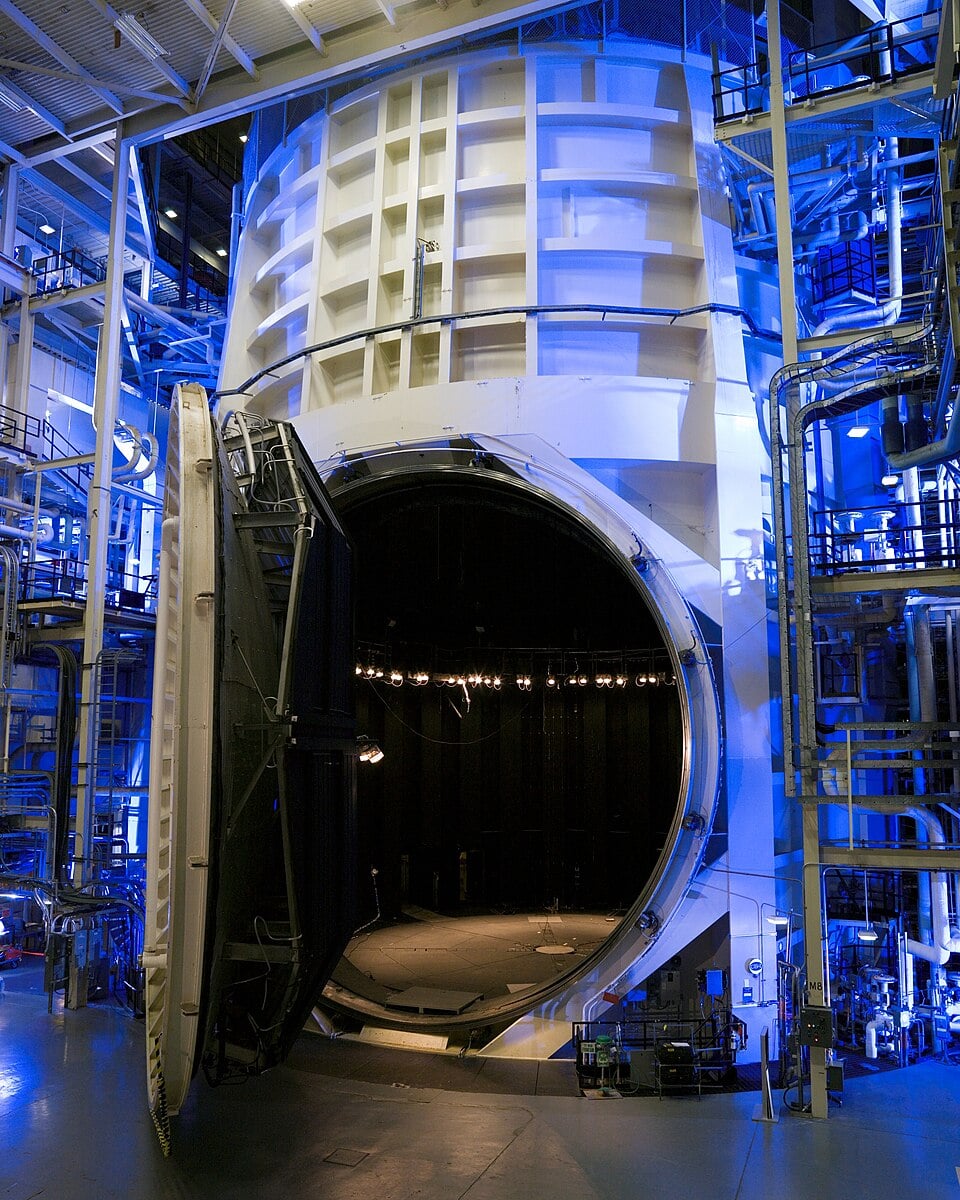When rocket engines fire during lunar landings, they don't just kick up a little dust. They unleash massive clouds of high speed particles that behave like natural sandblasting jets, capable of damaging expensive equipment, solar panels, and even entire habitats. As space agencies prepare for permanent lunar settlements through programs like NASA's Artemis mission, understanding this phenomenon has become a matter of survival.
The mystery began during the Apollo era, when astronauts and mission controllers noticed something peculiar, the dust clouds didn't spread randomly. Instead, they formed distinctive streaks radiating outward from the landing site in regular patterns, like spokes on a wheel. The same patterns appeared again recently during Firefly Aerospace's Blue Ghost lander mission, proving this wasn't just an Apollo-era anomaly.
 Apollo Apollo Lunar Module-5 Eagle as seen from CSM-107 Columbia (Credit : NASA)
Apollo Apollo Lunar Module-5 Eagle as seen from CSM-107 Columbia (Credit : NASA)
For years, no one could explain why these patterns formed so consistently. Now, a research team led by Rui Ni from Johns Hopkins University has cracked the code. Working with NASA's Marshall Space Flight Center and the University of Michigan, they discovered that the streaks result from something called the Görtler instability, a fluid dynamics phenomenon where curved exhaust flows create rotating vortices that organise the dust into those characteristic patterns.
 The vacuum test chamber with its door open at NASA's Johnson Space Center (Credit : NASA Johnson Space Centre)
The vacuum test chamber with its door open at NASA's Johnson Space Center (Credit : NASA Johnson Space Centre)
To solve this puzzle, the researchers built a sophisticated experimental setup in NASA's 15 foot vacuum chamber. They used six cameras to track how gas jets interacted with simulated lunar soil in near vacuum conditions, mimicking the Moon's environment. This allowed them to observe crater formation and trace the paths of individual dust particles as they were blasted away from the surface.
"We discovered that the strikingly regular streak patterns seen during landings aren't caused by the chosen landing sites. Instead, they result from the behaviour of the supersonic rocket plume as it imprints on the granular surface. This effect is extremely pronounced on the Moon due to its near-vacuum environment.” - Rui Ni from Johns Hopkins University.
The Moon's lack of atmosphere makes this problem much worse than it would be on Earth. Without air resistance to slow them down, dust particles can travel at tremendous speeds and distances. What might be a minor dust cloud on Earth becomes a dangerous projectile field on the moon.
This outcome of the study is essential for future lunar exploration. High speed lunar dust can damage landing gear, contaminate scientific instruments, reduce solar panel efficiency, and even pose risks to astronauts and their equipment. For permanent lunar bases to succeed, engineers need to understand and prepare for these dust storms.
By understanding how these dust plumes behave, mission planners can better predict where debris will land for future missions, design more resilient equipment, and develop strategies to protect critical infrastructure. They might position sensitive equipment away from predicted dust trajectories for example or design landing pads that minimise dust generation.
Source : Engineers study little-known hazard of lunar landings

